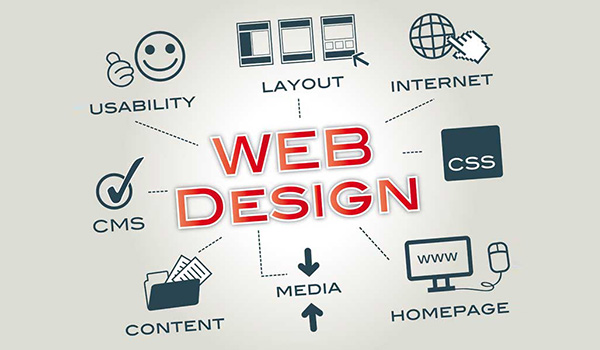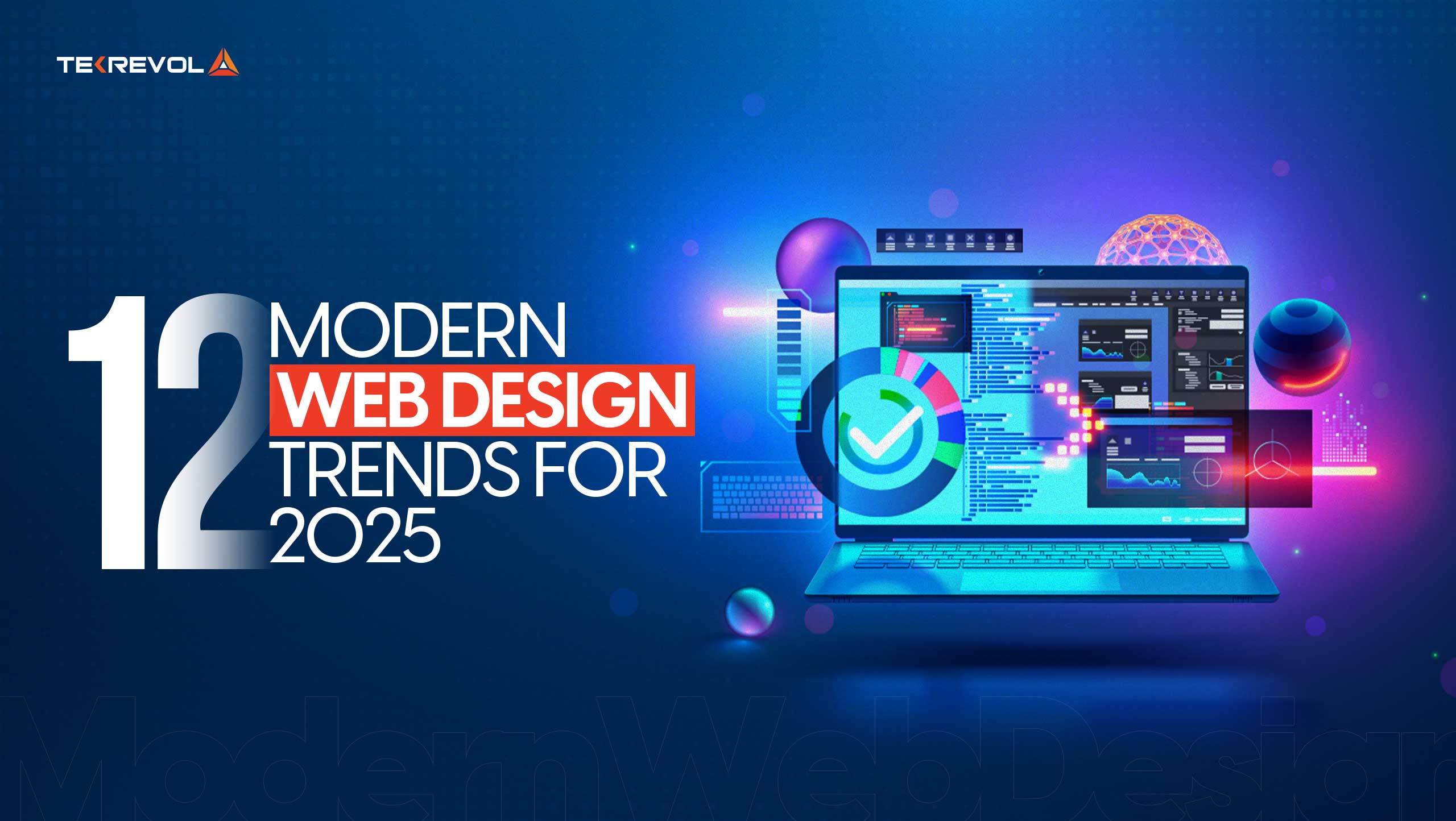Aligned Position Web Design: Crafting Visually Appealing Websites for Modern Businesses
Aligned Position Web Design: Crafting Visually Appealing Websites for Modern Businesses
Blog Article
The Very Best Kinds of Website Design to Improve Customer Experience and Engagement
In the ever-evolving landscape of electronic interaction, the performance of Web layout substantially impacts individual experience and involvement. Different design techniques, such as minimal, responsive, and interactive designs, each deal one-of-a-kind advantages that can provide to diverse individual demands. Understanding which sorts of website design finest offer these objectives can be essential for businesses intending to improve consumer satisfaction and retention. The inquiry continues to be: which design aspects absolutely resonate with individuals and foster significant involvement? The expedition of these concepts reveals critical insights that may redefine your method to Web design.
Minimal Web Style
As electronic landscapes end up being significantly chaotic, minimal website design has arised as an effective technique to improving individual experience. This style viewpoint focuses on simpleness, focusing on vital aspects while eliminating unnecessary diversions. By making use of adequate white area, straightforward navigating, and a minimal color scheme, minimalist layout fosters quality and directs user focus to vital material.
The core principle of minimal website design is to develop a seamless interaction for customers. By minimizing cognitive lots, individuals can quickly understand details without really feeling overwhelmed. This straight technique not only boosts functionality but also urges engagement, as site visitors are most likely to discover a website that is very easy and visually attractive to navigate.
In addition, minimal style often emphasizes typography and imagery, utilizing these aspects tactically to share messages effectively. This concentrate on vital parts can improve brand name identity and create an unforgettable user experience. Fundamentally, minimal website design is not just a trend; it is a thoughtful technique that acknowledges the relevance of user-centered design. By removing nonessential components, designers can produce an extra interesting, efficient, and delightful Web experience for all individuals.
Receptive Web Design
In today's diverse electronic setting, responsive Web design has ended up being essential for creating a seamless individual experience across a wide variety of gadgets. As users gain access to internet sites on smart devices, tablet computers, laptop computers, and desktop computers, the capability of an internet site to adjust its design and material to various display dimensions and resolutions is critical.
Receptive website design uses adaptable grids, photos, and CSS media questions to make sure that Web material exists ideally, no matter the gadget used. This approach not just boosts the aesthetic appeal of a website but additionally substantially enhances usability. Customers are more probable to engage with a website that offers a regular experience, as it eliminates the frustration of having to focus or scroll excessively.
By embracing receptive layout, companies can boost their visibility and get to a more comprehensive target market. In summary, responsive Web design is an essential method that boosts user experience, interaction, and total complete satisfaction.
Interactive Website Design
Receptive website design prepares for improving customer experience, yet interactive website design takes this a step even more by engaging users in an extra dynamic means - Aligned Position Web Design. By including elements such as animations, clickable prototypes, and real-time responses, interactive website design astounds customers, drawing them into a richer browsing experience
This approach not only promotes interaction however additionally urges individuals to explore material actively rather than passively eating it. Techniques such as gamification, where individuals make rewards for completing jobs, can considerably boost the time spent on a site and improve general contentment. Interactive functions can simplify complicated details, making it more enjoyable and digestible.

Incorporating More Help interactive style aspects can likewise bring about higher conversion rates, as users are most likely to involve with a site that actively entails them. Aligned Position Web Design. Eventually, interactive Web design transforms individual experiences right into memorable trips, guaranteeing that visitors return time and once more
Flat Layout
Identified by its minimalistic technique, level layout highlights simpleness and capability, removing unneeded elements and concentrating on important attributes. This style viewpoint prioritizes use, ensuring that individuals can navigate interfaces with ease and effectiveness. By utilizing a clean aesthetic, level layout removes the clutter frequently located in much more ornate styles, thereby boosting individual emphasis on content and capability.
The hallmark of flat design depends on its use of vibrant colors, straightforward typography, and geometric shapes. These components add to a visually enticing user interface that is both approachable and modern. In addition, flat layout fosters a feeling of clarity, permitting individuals to recognize important actions and info without distraction.
Moreover, flat layout is specifically effective in receptive Web layout, as its simpleness converts well across different tools and screen dimensions. The absence of elaborate structures and slopes lessens packing times, which is crucial for preserving customer involvement. As electronic landscapes proceed to evolve, level design continues to be a relevant selection for developing straightforward internet sites that enhance overall experience. By focusing on vital attributes, flat style not only fulfills user requirements but additionally urges smooth interaction, making it a vital element of effective Web design approaches.
Adaptive Web Style
Flexible Web style customizes the individual experience by creating numerous fixed designs tailored to different display sizes and devices. Unlike responsive layout, which fluidly adjusts a single layout, adaptive layout employs distinct formats for certain breakpoints, ensuring ideal discussion on numerous systems. This strategy enables developers to concentrate on the one-of-a-kind qualities of each device, boosting functionality by supplying specifically what customers require based on their context.
Among click here to find out more the primary benefits of flexible Web design is its ability to enhance lots times and performance. By offering tailored material and photos that fit the customer's device, web sites can lessen information usage and improve loading rates. This is specifically advantageous for individuals with slower connections or limited data plans.

Furthermore, adaptive design facilitates an extra regulated and consistent branding experience. Considering that developers produce several designs, they can make certain directory that the visual components line up with the brand's identification throughout various systems - Aligned Position Web Design. This results in a cohesive individual experience, improving involvement and advertising customer retention
Final Thought
To conclude, the combination of minimal, responsive, and interactive Web style principles significantly improves customer experience and involvement. Minimalist design cultivates clearness and focus, while responsive style makes certain flexibility across numerous gadgets, promoting ease of access. Interactive design captivates individuals via vibrant aspects, urging expedition and personalization. Jointly, these design approaches add to the creation of user-friendly settings that not just boost satisfaction yet additionally drive greater conversion rates, underscoring their vital significance in contemporary Web design methods.

Minimal style promotes clearness and focus, while responsive style makes sure adaptability across numerous gadgets, promoting accessibility. Jointly, these layout approaches add to the production of user-friendly atmospheres that not just improve fulfillment yet likewise drive higher conversion prices, highlighting their crucial importance in modern Web layout strategies.
Report this page